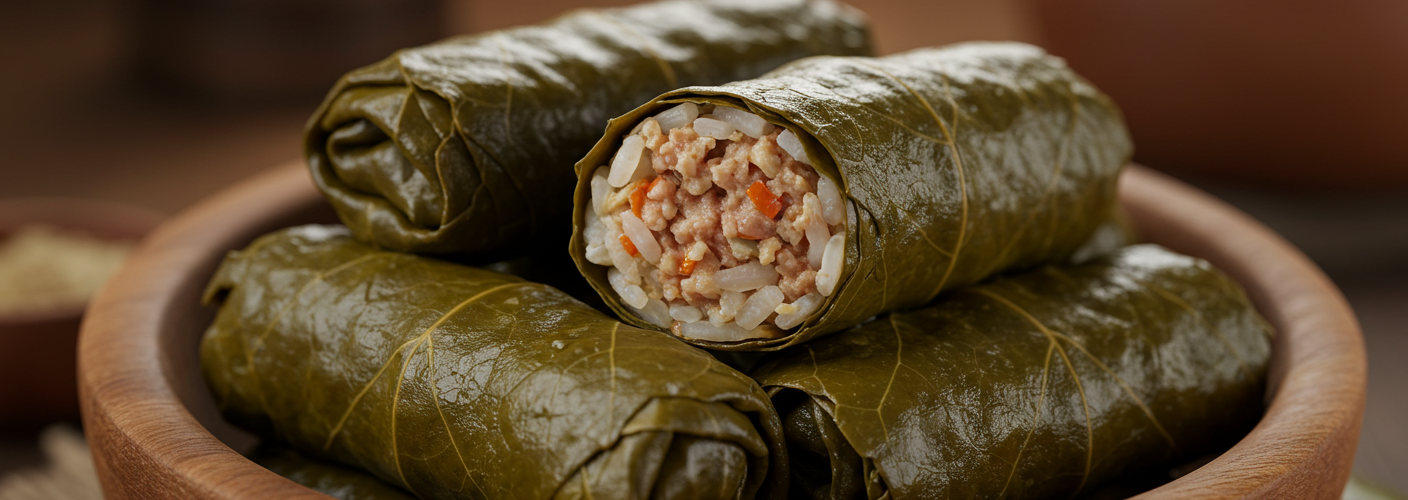Sarma is a delightful dish steeped in tradition, celebrated across various cuisines, particularly in Balkan and Eastern European cultures. At its core, sarma refers to vine, cabbage, monk’s rhubarb, or chard leaves meticulously rolled around a savory filling. This dish not only carries a rich history but also embodies warmth, comfort, and the joy of communal eating—a staple in many households during festive occasions and family gatherings.
The word “sarma” itself stems from a Turkish term meaning “wrapped,” which perfectly describes the essence of this dish. While its exact origins are often debated, it is widely recognized throughout the Balkans, Greece, and even parts of the Middle East. Variations exist, showcasing local ingredients and culinary traditions, making every family recipe unique, yet all adhering to the heart of what sarma represents.
The filling is where creativity shines. Traditionally, ground meat—such as beef, pork, or a mixture of both—is blended with rice, onions, and an assortment of spices. However, modern interpretations often include vegetarian options, where lentils or grains substitute meat, catering to diverse dietary preferences. The filling is further enhanced with flavors like paprika, black pepper, and an array of herbs, ensuring that each bite is packed with texture and taste.
The process of making sarma is as rewarding as it is labor-intensive. It typically begins with preparing the leaves. If using cabbage, many prefer to use pickled cabbage leaves, which add a delightful tanginess to the dish. For vine leaves, fresh ones are often blanched briefly to ensure they become pliable enough to wrap around the filling. Once the filling is prepared and seasoned, the magic begins: each leaf is carefully rolled, tucking in the sides to secure the contents, resulting in small, neat parcels.
After the rolling process, the sarma is arranged in a pot, often layered with leftover cabbage or vine leaves at the bottom to prevent burning and to add additional flavor. The tightly packed rolls are usually cooked slowly in a rich broth, which may be enhanced with smoked meat, bacon, or a splash of tomato sauce to deepen the flavor profile. This slow cooking method allows the flavors to meld beautifully, infusing the rolls with warmth and character.
Sarma is not just a meal; it is a centerpiece during gatherings such as family holidays, weddings, and other celebrations. Often served with a dollop of sour cream and a side of crusty bread, it becomes a dish that brings people together. Each serving tells the story of family traditions passed down through generations, celebrating cultural heritage while inviting new interpretations that keep the dish relevant in contemporary kitchens.
As food continues to evolve, sarma remains a cherished representation of comfort food, adaptable to those who prepare it. Whether enjoyed in a cozy home or at a larger celebration, sarma always finds a way to nourish both body and spirit. Its legacy, filled with flavor and tradition, continues to thrive, reminding us of the importance of sharing meals and creating memories around the dining table.




Add comment